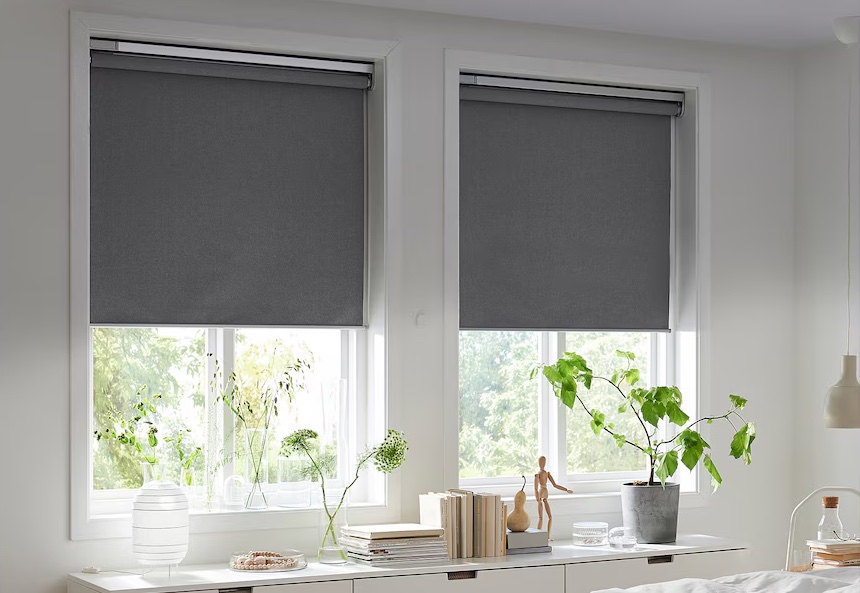Are smart blinds worth it?

Just about everything in your home can be made "smart" these days, from lights to locks, even your refrigerator and oven.
Like other smart home devices, smart blinds are window shades and blinds that can be controlled using an app on your phone, or through a smart assistant like Alexa or Google Home. But, what are their benefits, and are they worth the cost over traditional blinds?
Here are three benefits — and three drawbacks — of smart blinds, to help you decide if they're right for you.
Three benefits of smart blinds
There are a few potential benefits for smart blinds:
Accessibility and safety: If someone has trouble operating blinds manually, smart blinds can be opened or closed using voice commands, through a remote control, or via an app. And, because smart blinds don't have pullstrings, they don't represent a choking hazard like traditional blinds do.
Convenience: Smart blinds can be programmed to operate on a schedule, so that they open and close at set times during the day. For instance, you can create a smart home routine where your blinds automatically open when your phone's alarm goes off, and automatically close when you start your bedtime routine.
Energy saving: When paired with other smart home sensors, such as smart thermostats, smart blinds can be set to automatically close during hot summer days, or if the temperature increases to a certain level, to help keep your house cool.
Get instant access to breaking news, the hottest reviews, great deals and helpful tips.
Three drawbacks of smart blinds
They're not cheap. While they are starting to come down in price, smart blinds are still much more expensive than comparable traditional blinds. Even for the least expensive smart blinds, you can expect to pay at least twice as much as you would for regular blinds. The cost goes up even further if you need custom blinds in a specific size. And, when you consider that most rooms have at least two windows, you're looking at a significant investment if you want to use them throughout your house.
They don't come in a lot of styles. Because they're relatively new, most manufacturers only offer smart blinds and shades in a limited number of styles, designs, and colors compared to traditional blinds. However, more options are being added every year.
You might have trouble using them if the power goes out. Because smart blinds and shades require electricity — both in their operation and smart-home connectivity — if you have a power outage, you may not be able to open or close your blinds. If this is a concern, look for smart blinds that run on battery power, and can connect directly to a remote control.

Michael A. Prospero is the U.S. Editor-in-Chief for Tom’s Guide. He oversees all evergreen content and oversees the Homes, Smart Home, and Fitness/Wearables categories for the site. In his spare time, he also tests out the latest drones, electric scooters, and smart home gadgets, such as video doorbells. Before his tenure at Tom's Guide, he was the Reviews Editor for Laptop Magazine, a reporter at Fast Company, the Times of Trenton, and, many eons back, an intern at George magazine. He received his undergraduate degree from Boston College, where he worked on the campus newspaper The Heights, and then attended the Columbia University school of Journalism. When he’s not testing out the latest running watch, electric scooter, or skiing or training for a marathon, he’s probably using the latest sous vide machine, smoker, or pizza oven, to the delight — or chagrin — of his family.
You must confirm your public display name before commenting
Please logout and then login again, you will then be prompted to enter your display name.
